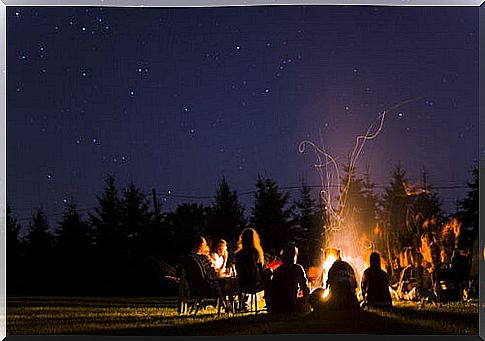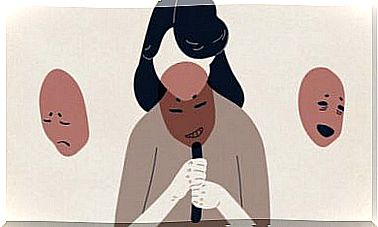Rituals Make Friends

From ancient times to the present day rituals have been performed. Although these have changed in their forms, perhaps the purposes they served are still very similar. Many years ago people performed dances to invoke rain, to celebrate the harvest collection period, or to be blessed before a battle. Many of these ceremonies had religious components and were considered sacred by those who participated.
At present, rituals have lost in spectacularity and consist of daily customs that we carry out on a day-to-day basis almost without realizing it. Some have a religious character, such as attending mass or praying. In addition, many of these ceremonies, although they have a religious character, are performed by people who consider themselves atheists.
An example of these are the traditions that are carried out for the Christmas holidays, such as putting a tree as an ornament for the home. Other customs that are maintained today are completely separate from religion, such as breaking a bottle to inaugurate a ship or the bonfires of San Juan.

Types of rituals
Rituals have one characteristic and that is that they are opaque behaviors. They are behaviors that are not logical or rational. Let’s think about when a ship is inaugurated. What is done? A bottle breaks against the ship’s frame. How is this behavior explained? It does not make any sense, it is something that is done by imitation. As much as we search, it is difficult for us to find a rational cause that explains the reason for these rituals.
There are at least two types of rites. These are the imaginary and the doctrinal:
- Imaginary rituals are dangerous, painful, scary, or humiliating, and they leave a powerful impression on people and a strong image in their minds. These rituals are currently used to introduce new members into groups, such as mafias or sects.
- Doctrinal rituals are sedative and gentler. These are done more frequently and we find them in the day to day of our lives.

What are rituals for?
Rituals have a powerful secret and that is that they obey arbitrary social conventions. People belong to groups that encourage cooperation among their members. Rituals are behaviors that further promote this cooperation and are distinctive of different groups, thus rituals seek to share the distinctive conventions of the groups.
If my group performs a characteristic ritual, those people in my group who perform the same ritual will help me more and vice versa. On the contrary, people from other different groups will not perform the same ritual and spontaneous cooperation with them will be more difficult.
Imaginary rituals are very effective in joining and integrating new members into small groups. With them, people become part of family units to which they are united, among other things, by the shared experience during sacred rituals.
The rituals that are lived as a negative, painful or humiliating experience will be the ones that are most remembered later, hence they are the ones that are most used as a test for the incorporation of new members. In this sense, the higher the “entry cost”, the more group membership will be valued later; Furthermore, these ceremonies trigger identity fusion processes. In this way, through imaginary rituals, personal and social identification are placed on a parallel level.
For its part, doctrinal rituals are practiced by more people and are attached to a rigid belief system that can be explored by new people. Their frequent repetition lays the foundations of social identity, causing them to be perceived as large extended families. These ceremonies create social identities separate from our personal identities.
Both types of rituals bring people together creating a sense of family connection between the participants, it could be said that a psychological kinship is created. Rituals, in addition to making friends, serve to create family ties.









